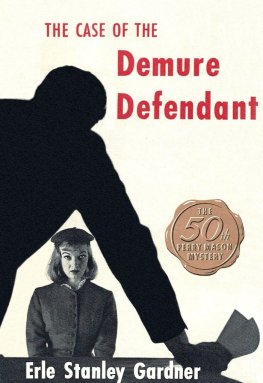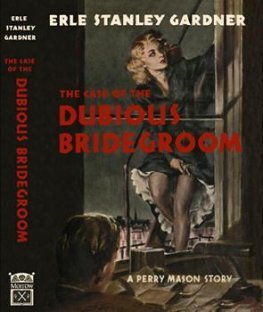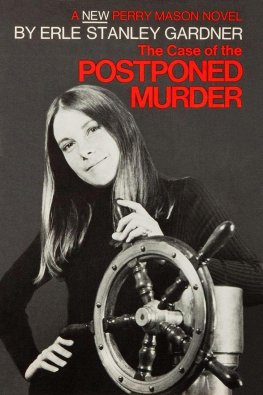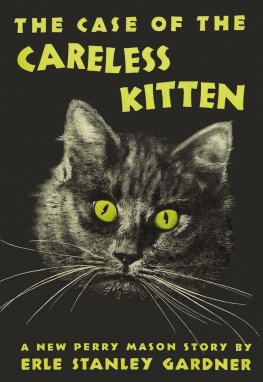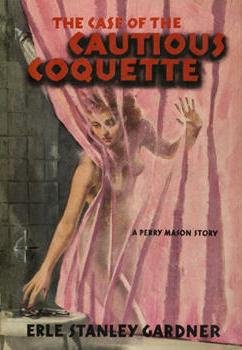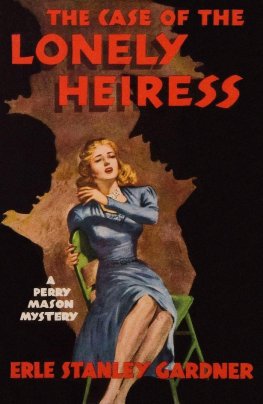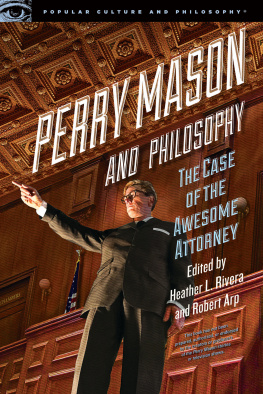Erle Stanley Gardner
The Case of the Reluctant Model
The Honorable James M. Carter, one of the judges of the United States District Court in San Diego, is one of the most competent trial judges I know and an outstanding humanitarian to hoot.
Not only do police and penologists respect Judge Carter hut the men he sentences to prison, for the most part, share that respect.
For one thing, Judge Carters thinking isnt only in multiples of five, ten or fifteen years as is the case with so many judges who pass out sentences. He thinks of each long year as a twelve-month period. For another thing, after Judge Carter sentences an individual, he has that man brought back into his chambers. There the judge divests himself of his judicial robes and talks man to man. He explains to the individual why he is being sent to prison and why he fixed the term he did. He tells the man he wants him to make good while in prison, that if he has any trouble the judge wants to know about it. Judge Carter asks the defendant to keep in touch with him.
Word percolates around, therefore, that Judge Carter is not only a just judge, but is a great humanitarian.
It was that reputation which caused an American Indian, the mother of a young man who had been convicted by Army court-martial of murder without malice and who was serving a twenty-year term, to write Judge Carter that she felt an injustice had been done.
Knowing of my interest in such matters, Judge Carter suggested that she write me and then kept in touch with me to find out what I learned about the case.
At my request, the mother sent me a transcript of the evidence and, as I studied it, it became apparent that the question of whether there ever had been any murder in the case depended upon an interesting medical conclusion. The consulting pathologist who testified at the military trial had not seen the deceased but based his testimony on the findings of the autopsy surgeon and had, apparently, gone farther than the autopsy surgeon was willing to go.
For some years I have been greatly impressed with the importance of legal medicine, its place in the administration of justice and the necessity for a better understanding on the part of the public of what it is and how it functions.
From time to time I have dedicated books to outstanding figures in the field of legal medicine.
So I chose, at random, several of these persons to whom I had dedicated books. I had my secretaries copy all the medical evidence in the transcript and send it to these people asking for their opinion on the medico-legal aspects of the case. (Since the consulting pathologist called by the prosecution had based his opinion solely on the records of the autopsy, these experts whom I called into the case had exactly the same factual evidence from the protocol and the transcript that this consulting pathologist had used in reaching his opinion.)
I limited my selection to the number of experts who could be given legible carbon copies from one run on an electric typewriter because the material was so voluminous it presented a major secretarial undertaking.
These experts, top men in their field, many of them# working day and night, responded with opinions. As fast as these opinions were received I had them copied and sent out in a round-robin to all of the persons connected with the case.
Some of these experts were so conscientious that they refrained from reading the opinions of the other experts until after they had formulated their own opinion, lest they be influenced by the others thinking.
It was an exacting job, reviewing the mass of medical evidence and reaching an opinion; particularly in view of the fact that these experts knew their opinion would be publicized to the extent of asking for a review of the case.
I am proud of the manner in which these busy men went to work studying the evidence in this case of a penniless American Indian who had been convicted of a murder, which, it soon developed, had in all probability never been committed.
Almost at once these experts pointed out a peculiar discrepancy. The consulting pathologist had acted upon a mistaken assumption that certain significant hemorrhagic conditions had existed, whereas the autopsy surgeon had not only failed to find such hemorrhagic conditions, but had considered their absence a significant point in reaching his conclusions.
For a period of months reports came in; well-reasoned, carefully thought-out reports. And the majority were to the effect that under the peculiar circumstances of the case it was quite possible the victim had died a natural death.
This victim was an elderly, quarrelsome man who# had the reputation of being the village drunkard and engaging in altercations when he was inebriated. The post-mortem findings showed beyond question that he was pretty well intoxicated at the time of his death and his reputation indicated that not only was he abusive and quarrelsome under those circumstances, but that he had probably picked a fight with the young Indian and could well have met his death not as a result of that fight, but some time later and from natural causes.
The Indian had been on a drinking spree with a companion and upon subsequently regaining his senses had insufficient recollection of what had happened to be of any help.
Listed in alphabetical order, the forensic experts, many of whom are lawyers as well as doctors, who submitted detailed reports were:
Lester Adelson, M.D.
Pathologist and Chief Deputy Coroner
County of Cuyahoga Coroners Office
Cleveland, Ohio
Francis Camps, M.D.
London, England
Daniel J. Condon, M.D.
Medical Examiner of Maricopa County
Phoenix, Arizona
Russell S. Fisher, M.D.
Chief Medical Examiner of
Baltimore, Maryland
Richard Ford, M.D.
Professor of Legal Medicine
Harvard University
Boston, Massachusetts
S. R. Gerber, M.D.
Coroner, County of Cuyahoga
Cleveland, Ohio
Milton Helpern, M.D.
City of New York,
Office of Chief Medical Examiner
New York, New York
Joseph A. Jachimczyk, M.D.
Office of Medical Examiner of
Harris County
Court House
Houston, Texas
Alvin V. Majoska, M.D., Pathologist
Honolulu, Hawaii
LeMoyne Snyder, M.D.
San Francisco, California
Under the new revised military code many authorities feel that the military system of criminal justice approaches the ideal method of handling criminal cases. The rights of the accused are protected, but procedural technicalities are designed to facilitate proof and insure complete fairness, not as technical loopholes.
Even after conviction and the expiration of the time for appeal, a reviewing board makes an annual check-up on the prisoner and the rules are sufficiently flexible so that many matters concerning the prisoner can be given consideration at the discretion of the board.
In this case, the reports of the medical experts were passed on to the reviewing board and the careful attention given by the board, the courteous interest shown in every phase of the case, has been most reassuring.
Judge Carter made several trips from his residence in San Diego to my ranch at Temecula, interrupted his busy schedule to make a careful analysis of the evidence and made a special trip to the institution where the young man was confined, to interview him.
The file in this case has grown to huge proportions. The man-hours spent in the investigation and presentation are staggering.
Even a wealthy man could hardly afford to consult such an array of medical talent. Yet these men furnished their services gratuitously to review the case of a penniless Indian boy. Devoted to the cause of justice, these men took no count of the cost.

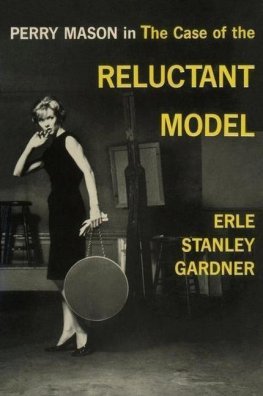
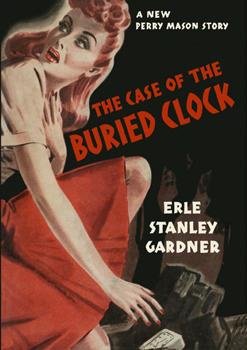
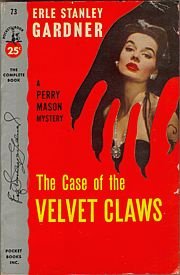
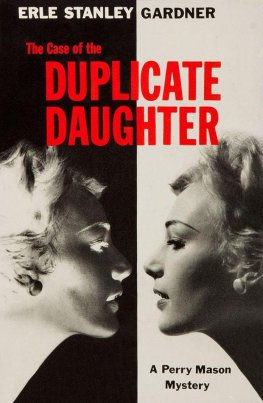

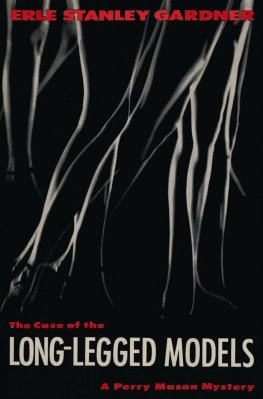
![Erl Gardner - The Case of the Deadly Toy [= The Case of the Greedy Grandpa]](/uploads/posts/book/924181/thumbs/erl-gardner-the-case-of-the-deadly-toy-the.jpg)
